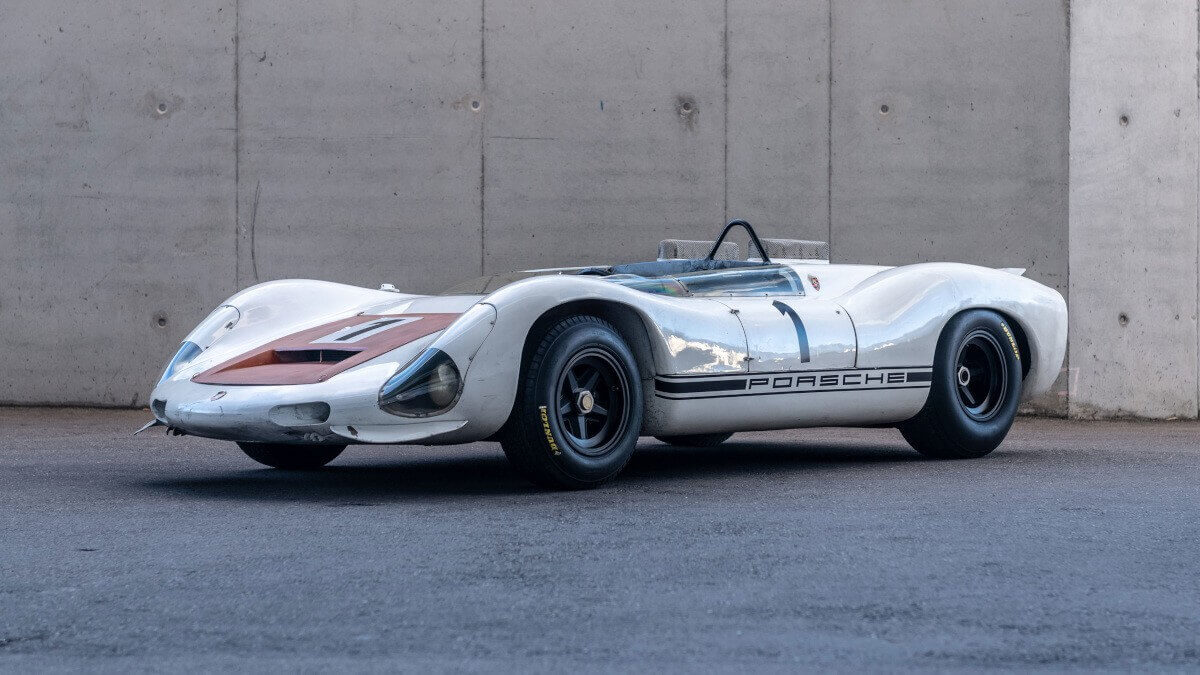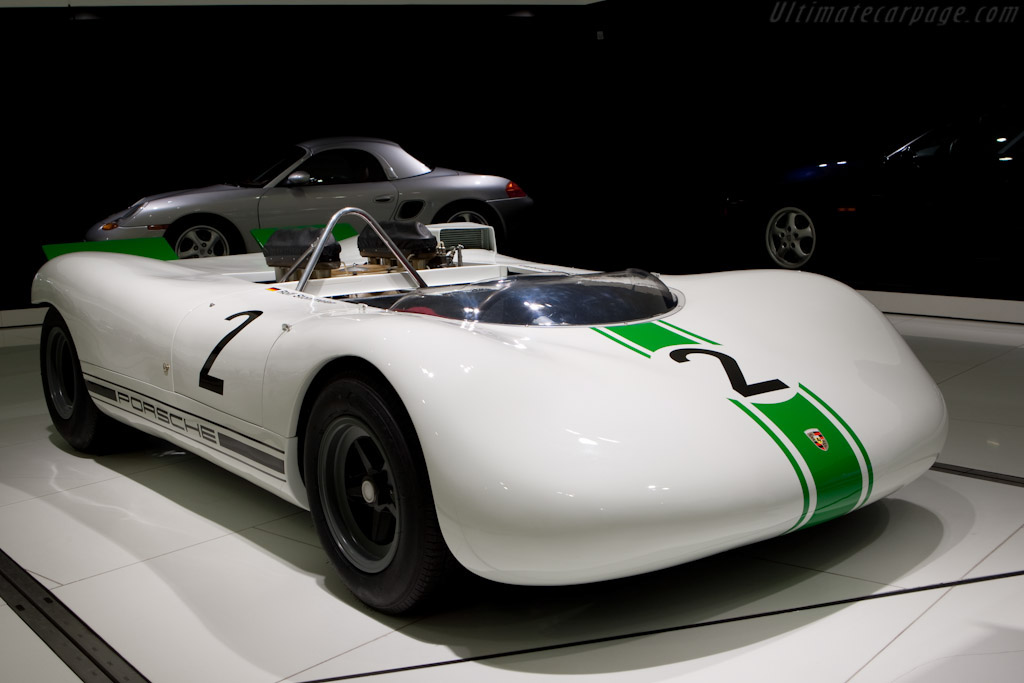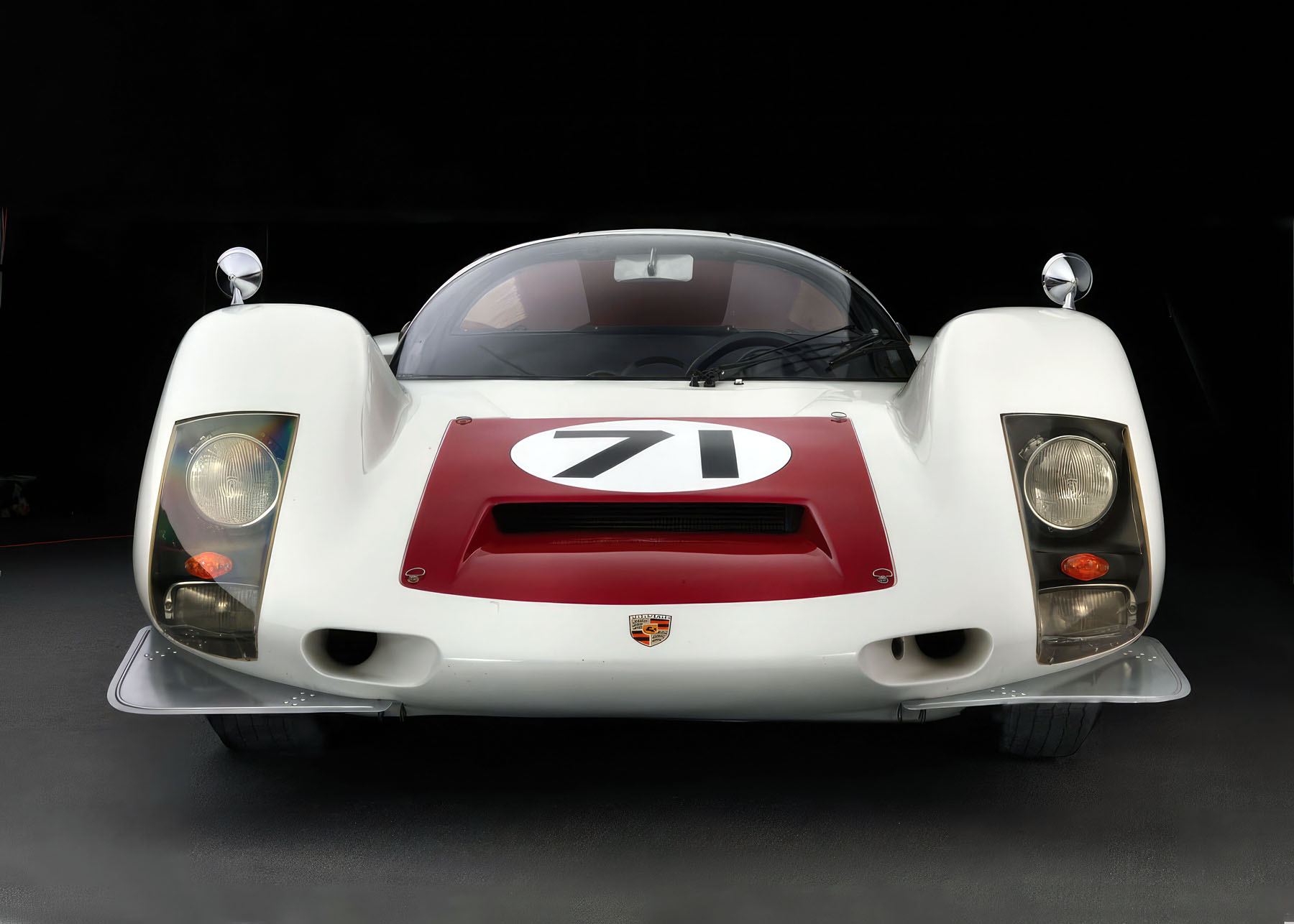Porsche 910 Bergspyder (1967 – 1968)
Share
Porsche 910 Bergspyder (1967 – 1968): A Masterpiece of Engineering and Design
The Porsche 910 Bergspyder represents an important chapter in the history of motorsport and the evolution of the Porsche brand. Launched in the late 1960s, during an era of intense competition in sports car racing, the 910 was meticulously designed to blend performance with lightweight construction. This article delves into the history, design, specifications, and racing pedigree of the Porsche 910 Bergspyder.

A Brief History of the Porsche 910
Porsche began the development of the 910 in response to the growing demand for lighter and more agile race cars. At that time, the racing landscape was dramatically changing, with manufacturers looking to optimize their vehicles for the burgeoning world of endurance racing.
Launched in 1967, the Porsche 910 was based on the earlier 906 model but featured several advancements. It was created primarily for the FIA International Championship for Manufacturers, where it competed fiercely against notable rivals like Ferrari and Alfa Romeo.

Design and Engineering Innovations
The Porsche 910 Bergspyder was revolutionary not just for its performance but also for its engineering and design. One of the standout features of the 910 was its lightweight fiberglass body, which significantly reduced overall weight and improved aerodynamics. The car's design was developed by the legendary Ferdinand Piëch, who focused on creating a car that could achieve higher speeds with superior handling.
The 910's chassis was constructed using a combination of steel and aluminum, offering optimal strength while remaining lightweight. This attention to detail allowed the car to excel in various racing conditions—be it tight corners or long straights.

Performance Specifications
As one would expect from a car bearing the Porsche badge, the 910 was loaded with performance-oriented specifications. The car was powered by a flat-six engine, a hallmark of Porsche’s engineering prowess. Depending on the specific variant, the engine provided outputs ranging from 210 to 240 horsepower. The lightweight construction (weighing just around 1,500 pounds) allowed it to achieve impressive acceleration and top speeds, making it a fierce competitor on the track.
The 910 utilized a five-speed manual transmission, translating the power from the engine to the rear wheels with precision. Coupled with its independent suspension— which offered both front and rear adjustments—this technology made the 910 highly maneuverable and responsive.

Racing Success and Legacy
The Porsche 910 quickly made a name for itself in the racing world, achieving numerous victories in prestigious events throughout the late 1960s. Notably, it participated in the 1968 24 Hours of Daytona and the 12 Hours of Sebring, often placing well against its competition. Drivers appreciated the 910 for its balance, speed, and reliability—qualities that contributed to its racing success.
While the 910 was eventually superseded by the Porsche 917, it laid the groundwork for future racing endeavors. Its design influenced many subsequent Porsche models, and today, it holds a revered place in the lineage of the Porsche brand.

Collectibility and Market Value
As with most classic Porsches, the 910 Bergspyder has become highly sought after among collectors. Its limited production numbers, combined with its racing pedigree, have driven its value up in recent auctions. These vehicles are often sold for multi-million dollar prices, particularly those with a documented history and racing success.
Owning a Porsche 910 isn't just about possessing a piece of automotive art; it is about owning a significant part of racing history. Many collectors see these cars not simply as investments, but as treasures that tell a story about a golden era of motorsport.
Conclusion
The Porsche 910 Bergspyder remains a shining example of automotive engineering and design from the late 1960s. By focusing on lightweight construction, advanced aerodynamics, and a powerful engine, Porsche crafted a car that excelled on the racetrack and influenced generations of sports cars to come.
As we reflect on its legacy, the 910 serves as a reminder of the importance of innovation and pursuit of excellence in the automotive industry. For both enthusiasts and collectors alike, the Porsche 910 is more than a car—it's a testament to the spirit of racing and the unyielding determination to push boundaries.
In the modern context, the 910's influence can be seen in various Porsche models, with continued homage to its raw power and lightweight design. Today, it stands as a pinnacle of what Porsche strives to achieve: a harmonious blend of performance, style, and legacy.

By understanding the nuances and history of the Porsche 910 Bergspyder, we can appreciate the artistry and ingenuity that continue to define the brand. This model exemplifies everything that makes Porsche one of the most respected names in automotive engineering and motorsport.